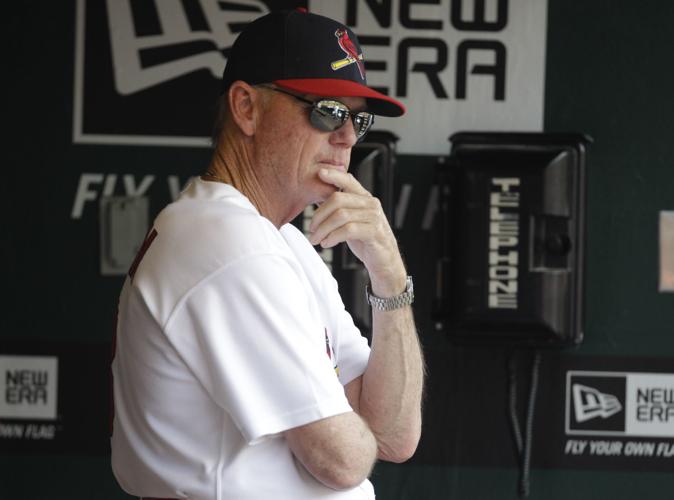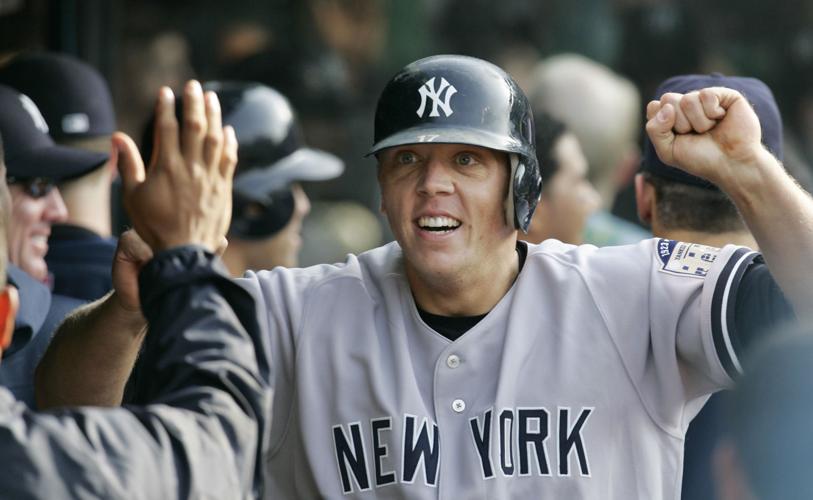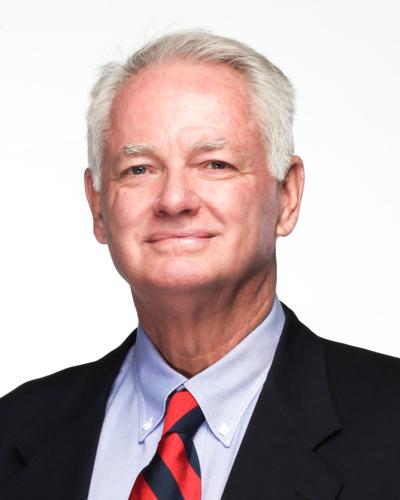Four months ago at the Rawhide Ballpark in Visalia, California, Tucsonan Dave Duncan was inducted into the California League Hall of Fame. You wonder what took so long?
Duncan hit 46 home runs for the 1966 Modesto Nuts, one of the most star-blessed minor-league teams in history, a club that included future Hall of Famers Reggie Jackson, Rollie Fingers and Tony La Russa and World Series star Joe Rudi.
Five years later, Duncan, a catcher who grew up in San Diego, was on the cover of Sports Illustrated, a piece that portrayed the arrival of the Oakland A’s as the Next Big Thing in baseball. The A’s would win the World Series in 1972, 1973 and 1974.
That summer night in Visalia wasn’t just another of the many honors bestowed on Duncan during a baseball career that, I and many others believe, merits induction as the first assistant coach, an iconic pitching coach, into the baseball Hall of Fame in Cooperstown, N.Y.
In June, as Dave Duncan was honored by California League officials, his son, Shelley Duncan, stood nearby in a uniform of the Visalia Rawhide. At 38, the UA’s career home run king was serving his first season as manager of the Rawhide.
“It was a pretty special night,” Shelley says now. “Most people associate my dad with his years as a pitching coach; hitting 46 homers is something else.”
Something else? Bobby Bonds, Barry’s father, played the full 1966 California League season for the rival Fresno Bees and hit just 26 home runs. Bobby Bonds would go on to be a three-time MLB All-Star and hit 322 home runs.
In 1966, Dave Duncan almost lapped him.
A half-century after Duncan’s big year at Modesto, his impact on baseball continues. You can see it during the ongoing league championship series and, later, in the World Series.
As a pitching coach for La Russa’s St. Louis Cardinals from 1996-2011, Duncan became the first in-the-dugout analytics advocate in a game that had always been slow to change. His advance-scouting tactics — exploiting a hitter’s tendencies via a vast catalog of data — was baseball’s version of Thomas Edison inventing electricity.
A light now shines on each hitter’s strike zone.
Sitting at breakfast Monday in Tucson, Shelley Duncan — a Canyon del Oro High School grad who hit five home runs in his first 22 at-bats for the New York Yankees in 2007 — and 1975 World Series pitcher Pat Darcy, of Rincon High School, both said the MLB game now played is unfamiliar to the one they played.
“We didn’t have specific scouting reports hitter to hitter,” said Darcy, who went 11-5 for the Big Red Machine’s 1975 World Series champions. “We threw to our strengths. We pretty much just showed up and pitched.”
Duncan, who has been a minor-league manager for two seasons in the Diamondbacks chain, said he studied and created his own analytics, even for the Class A Rawhide.
“If you don’t do it, you’re losing,” he said. “This is what my dad helped change: a pitcher no longer pitches to his strengths the way Sandy Koufax did. Now they pitch to a batter’s weaknesses.”
Now a pitcher enters the game fully instructed and prepared for each hitter. It is run prevention with brains, authored by Dave Duncan, who coached seven Cy Young Award winners in his 32 years as a pitching coach.
“It’s all about home runs,” said Darcy. “I’m stunned at the number of strikeouts.”
“It’s about launch angles and uppercut swings,” said Duncan. “It’s about home runs.”
When Darcy pitched for the ’75 Reds, his teammates struck out 961 times. This year, the Los Angeles Dodgers struck out 1,380 times.
When Duncan played for the ’07 Yankees, a team overflowing with talent in a season Alex Rodriguez hit 54 home runs, the Yankees hit 201 homers. This year the Yankees hit 241.
Dave Duncan also was among the first to expand the size of pitching staffs, which is now common in baseball. Incredibly, the ’75 Reds used just 12 pitchers the entire season. This year the Dodgers have used 26.
Relief pitchers, specialists, dominate. You can trace it back to Dave Duncan.
“It’s not just the way the game is played,” Shelley Duncan said, “it’s also that the players are better. I think the players I’ve seen in the minor leagues are by far better than when I played in the minors 10 or 15 years ago.
“They are in better shape, they are more focused; it has become a year-round game. They do yoga. They meditate. And I think it comes, in part, from their parents, who now put their sons in year-round baseball and spend $500 a month on instruction, travel, workouts, you name it. By the time these guys get to the minors now, they’ve had so many more at-bats. It’s just a different game.”
One thing hasn’t changed. Four months after Dave Duncan was inducted into the California League Hall of Fame, with his son, Shelley, by his side, Dave will be at the DoubleTree Hotel on Oct. 29 at 12:30 p.m. That’s when Shelley will be inducted into the Pima County Sports Hall of Fame.
Also inducted on Oct. 29 will be Chris Duncan, Shelley’s younger brother and Dave’s youngest son. Even their numbers match: Chris hit 55 home runs for the Cardinals from 2005-09 with his father in the dugout. Shelley hit 55 home runs, a school record, for Arizona from 1999-01.
That’s one proud papa and two proud sons.






